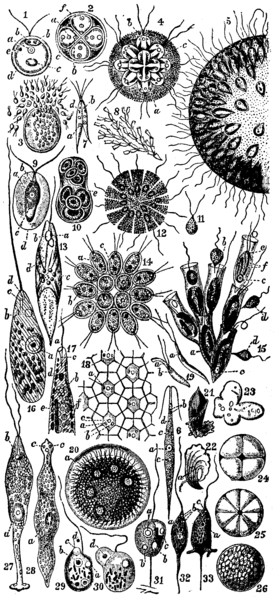Berkas:Flagellata 1.png

Ukuran pratayang ini: 278 × 600 piksel. Resolusi lainnya: 111 × 240 piksel | 222 × 480 piksel | 990 × 2.136 piksel.
Ukuran asli (990 × 2.136 piksel, ukuran berkas: 147 KB, tipe MIME: image/png)
Riwayat berkas
Klik pada tanggal/waktu untuk melihat berkas ini pada saat tersebut.
| Tanggal/Waktu | Miniatur | Dimensi | Pengguna | Komentar | |
|---|---|---|---|---|---|
| terkini | 12 April 2006 13.59 |  | 990 × 2.136 (147 KB) | Jjbeard | {{PD-Britannica}} Category:Images from Encyclopædia Britannica This image has an extensive caption. Please refer to the EB1911 article for the text of this caption. |
Penggunaan berkas
Halaman berikut menggunakan berkas ini:
Penggunaan berkas global
Wiki lain berikut menggunakan berkas ini:
- Penggunaan pada af.wikipedia.org
- Penggunaan pada ar.wikipedia.org
- Penggunaan pada bs.wikipedia.org
- Penggunaan pada en.wikipedia.org
- Penggunaan pada fa.wikipedia.org
- Penggunaan pada gl.wikipedia.org
- Penggunaan pada jv.wikipedia.org
- Penggunaan pada ka.wikipedia.org
- Penggunaan pada ko.wikipedia.org
- Penggunaan pada lfn.wikipedia.org
- Penggunaan pada nqo.wikipedia.org
- Penggunaan pada ro.wikipedia.org
- Penggunaan pada ru.wikipedia.org
- Penggunaan pada tt.wikipedia.org
- Penggunaan pada zh.wikipedia.org

